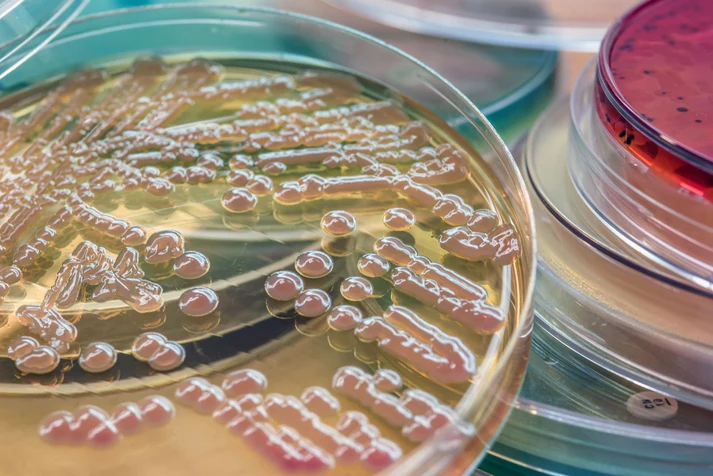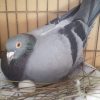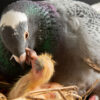
Trichomoniasis in Racing Pigeons: A Complete Guide to Diagnosis, Treatment and Prevention
When it comes to racing pigeon health, trichomoniasis is one of the most common and persistent threats faced by fanciers. Often referred to as “canker”, this parasitic disease can quickly spread through a loft and severely impact performance, growth, and even survival if left unchecked.
In this comprehensive guide, we’ll cover everything you need to know about trichomoniasis in pigeons—from symptoms and causes to effective treatments and practical prevention strategies. Whether you’re a seasoned breeder or just starting in the racing pigeon world, keeping this disease under control is vital for maintaining a healthy and competitive loft.
What Is Trichomoniasis?
Trichomoniasis is caused by a protozoan parasite called Trichomonas gallinae. It primarily affects the upper digestive tract, especially the throat, crop, and esophagus, but it can also spread to internal organs if untreated.
Young pigeons are the most vulnerable, especially squabs that are fed by infected parents. Adult birds may carry the parasite without visible symptoms, making them silent transmitters within the loft.
How Trichomoniasis Spreads
The disease spreads through:
-
Regurgitated feeding (parents to squabs)
-
Contaminated drinking water
-
Shared feeding dishes
-
Kissing and billing behavior between mates
-
Crowded or unsanitary loft conditions
Due to how easily it spreads, even a single carrier bird can lead to a full-blown outbreak if the loft’s hygiene and biosecurity aren’t strictly managed.
Recognizing the Symptoms of Trichomoniasis
The tricky part about trichomoniasis is that early symptoms can be subtle—or entirely absent in carrier birds. However, once symptoms manifest, they often include:
Visible Symptoms:
-
Yellowish-white lesions or cheesy growths in the mouth, throat, or crop
-
Difficulty swallowing or breathing
-
Bad breath or sour smell from the beak
-
Wet feathers around the face and beak
General Health Signs:
-
Weight loss despite normal appetite
-
Fluffed feathers
-
Lethargy or weakness
-
Drooping wings
-
Poor race performance
-
Reduced breeding success
If lesions block the airway or digestive tract, the disease can rapidly become fatal—especially in young pigeons.
Diagnosing Trichomoniasis
To confirm trichomoniasis, a veterinarian or experienced breeder can perform a microscopic examination of a throat swab or crop wash. The Trichomonas organism appears as a motile, pear-shaped protozoan with a jerky movement.
Because it can resemble other infections such as candidiasis or vitamin A deficiency, lab testing or professional diagnosis is highly recommended before starting treatment.
Effective Treatment for Trichomoniasis in Racing Pigeons
Treating trichomoniasis involves targeted antiparasitic medications. Some of the most effective options include:
1. Ronidazole
-
Available as a powder or liquid
-
Dosage: Typically 5–10 mg/kg for 5–7 days
-
Safe for use during the breeding and racing season
2. Dimetridazole
-
Effective but not as commonly used due to potential toxicity
-
Use with caution and under veterinary guidance
3. Metronidazole
-
Tablet form, usually crushed and added to drinking water
-
Dosage should be carefully calculated by a vet
4. Carnidazole (Spartrix)
-
One-time tablet treatment, often used for young birdsImportant: Avoid overuse of trichomonas drugs to prevent resistance. Rotate treatments as needed and never exceed recommended dosages.
Boosting Recovery and Immunity
While treating the parasite is essential, don’t forget the supportive care that helps birds recover fully:
-
Provide electrolytes and vitamin supplements during treatment
-
Ensure hydration and access to clean, fresh water
-
Feed high-quality, easy-to-digest grains
-
Isolate affected birds to reduce stress and spread
Supplements such as probiotics, liver tonics, and immune boosters can aid in recovery and help birds bounce back faster.
Prevention: Your Best Defense Against Trichomoniasis
Prevention is far easier—and more affordable—than treating a loft-wide outbreak. Implement these key strategies to protect your flock year-round:
1. Maintain Loft Hygiene
-
Clean drinkers and feeders daily
-
Disinfect loft weekly with safe antiviral/antibacterial products
-
Remove wet, soiled bedding promptly
2. Use Clean Water Sources
-
Avoid stagnant or shared water with wild birds
-
Consider adding mild disinfectants like apple cider vinegar or chlorine dioxide to water (consult dosage guidelines)
3. Prevent Overcrowding
-
Keep loft population manageable
-
Allow birds adequate space to reduce stress and disease transmission
4. Routine Health Checks
-
Regularly inspect the mouth and throat, especially during the breeding and racing season
-
Monitor young birds closely for early signs
5. Medicate Strategically
-
Use preventive treatments during high-risk times like:
-
Breeding season
-
Weaning of squabs
-
Pre-race preparation
-
-
Rotate medications to reduce resistance risk
Impact on Breeding and Racing Performance
Trichomoniasis doesn’t just threaten your pigeons’ health—it sabotages your entire racing and breeding program. Here’s how:
-
Reduced hatch rates when breeders are infected
-
Weaker squabs due to parental transmission
-
Delayed training and setbacks in conditioning
-
Decreased stamina and poor race results
-
Potential long-term damage to the upper respiratory and digestive systems
By staying proactive, you protect not only the individual birds but your loft’s long-term genetics and competitive success.
Final Thoughts
Trichomoniasis in racing pigeons is a silent threat that demands your full attention. With proper awareness, early diagnosis, and consistent care, it can be managed effectively without compromising your breeding and racing goals.
Prioritize loft hygiene, maintain a rotating treatment routine, and invest in supplements that build immunity. Whether you’re gearing up for a race or preparing your breeders for the next season, parasite control is non-negotiable.
“Until Next time Keep Them Healthy And Flying”


